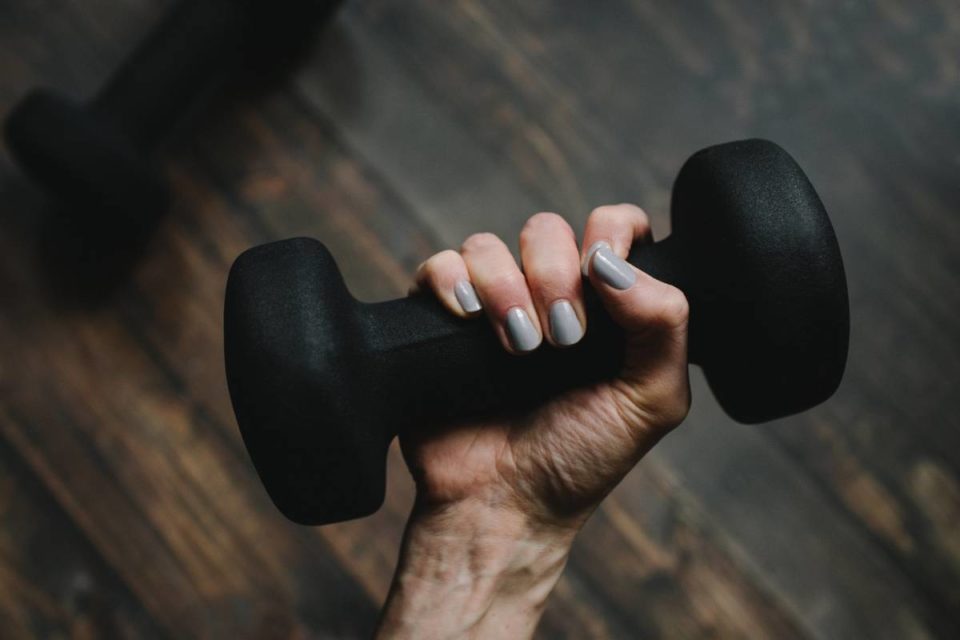At present, there are approximately 61 million adults in the USA, living with various disabilities. Of these, nearly 15% have a mobility disability, which has a significant impact on their ability to move around. While we have become very aware of the importance of regular exercise, individuals living with disabilities may face several obstacles as far as adhering to a regular exercise regime is concerned. Luckily, all hope is not lost as most individuals with mobility concerns can partake in at least one form of exercise. Whether walking, lifting weights, attending a structured exercise class, or engaging in water aerobics, regular physical activity is of great importance.
You can also opt for orthotics services in Toronto if the foot’s muscles, ligaments, tendons, or bones are not well aligned and are causing foot pain, discomfort, and fatigue.
Exercise is of vital importance to mobility-impaired individuals.
Very strong evidence exists that adults with cerebral palsy and other mobility concerns can benefit tremendously from regular exercise. Not only can they improve muscle fitness, but cardio-respiratory fitness and range of motion as well. Personal trainers can, like physical therapists, play a significant role in the rehabilitation of individuals with limited mobility. They can, for instance, become more inclusive by reading up on cerebral palsy facts, which will give them great insight into the needs and capabilities of individuals living with cerebral palsy (CP). Many of the restrictions faced by someone with CP are also present in other disability disorders, and any knowledge pertaining to the condition can potentially be applied elsewhere. Obtaining a formal Certified Inclusive Fitness Trainer certification can be very beneficial, as it will allow a trainer to provide clients with disabilities with quality service in a safe and favorable environment.
Popular gym exercises can be adapted with relative ease.
There is an increasing number of inclusive and accessible gyms in the USA that either cater solely for members with disabilities or make special provisions for them. Even if a gym is not fully kitted out, many gym exercises can be adapted to mobility disabilities. Many strength-training exercises that typically require the use of a weight bench can be performed from either a standard chair or a wheelchair. Resistance bands and dumbbells can be used in a variety of movements that work the arms and the shoulders, back and stomach muscles as well. With a bit of creativity, even aerobics, yoga, and tai chi can be adapted to be done from a chair.
Inclusive exercising at home
Although joining an accessible fitness class or enlisting the services of an inclusive personal trainer can be of great benefit to many individuals with mobility concerns, it won’t suit everyone. Thankfully, there is an ever-expanding range of fitness equipment on the market that makes exercising at home easier and more effective. Basic accessories, including gloves and Pilates balls, are not only versatile, but budget-friendly as well, and can be incorporated into home exercise regimens of various intensities. More complex exercise equipment such as shoulder pulleys, upper-body pedal exercisers, and aquatic exercise bikes can truly take a regular home exercise routine to the next level.
Exercise is a very important aspect of a healthy, balanced lifestyle. For individuals living with a disability, engaging in regular physical activity may not only result in improved strength and mobility but improved mental health as well.

